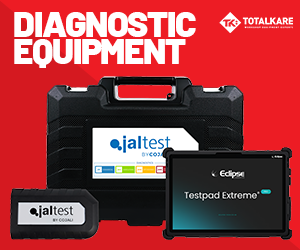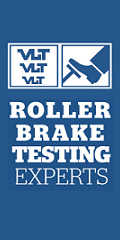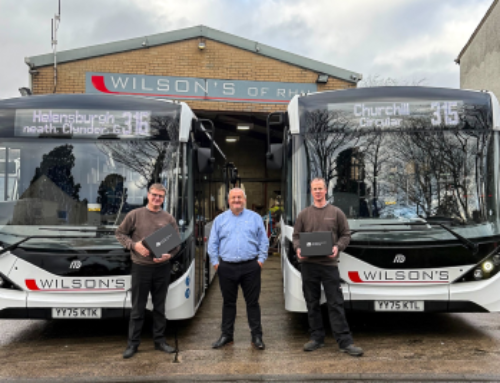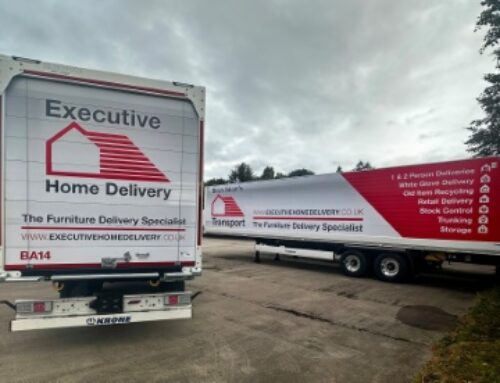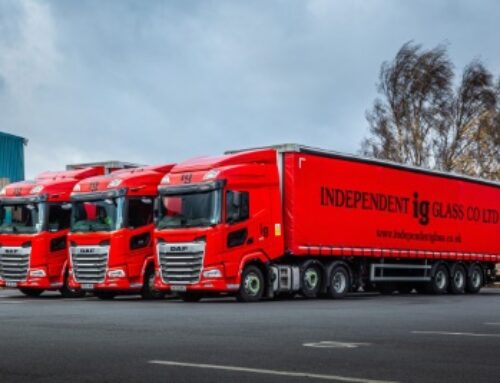Exeros: how to beat bridge strikes

Joe Williams of Exeros Technologies
Vehicle safety specialist Exeros Technologies has outlined its perspective on how the road transport sector can mitigate the perennial problem of vehicle bridge strikes.
“Bridge strikes are the headaches that refuse to let go,” said Joe Williams, COO at Exeros Technologies.
“Despite decades of effort, the UK still sees about five strikes a day, costing the taxpayer £23 million a year. For fleets, the cost of a strike averages at about £13,000, but that’s just the tip of the iceberg. The real cost is much higher.
“Once you look beneath the surface, you’ll find a PR nightmare, brand damage, rising insurance premiums, missed deliveries, driver disciplinaries or replacements, admin and legal costs, and the loss of revenue from the vehicle being off the road.
“In short, bridge strikes are a colossal, multi-layered cost.”
While safety training and mandatory checklists have made a positive difference, says Joe, it’s nowhere near enough – and so attention turns to technology.
“But with plenty of GPS-based low bridge warning systems on the market, the numbers should have plummeted by now. So, what’s holding the technology back? And can it be fixed?
“The private and public sectors have been trying to reduce the risk of bridge strikes for years. Sure, some people might have accepted bridge strikes as an unavoidable cost of doing business. But most have tried everything from safety campaigns to driver training, mandatory height checks, height indicators in the cab, and technology.
“While driver training and mandatory safety checks have been the main drivers behind a modest drop, the numbers have stayed high and show no signs of drastic change. Meanwhile, the current safety tech solutions have failed to make an impact.
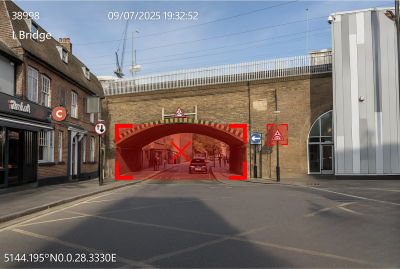 “This was all but confirmed when, earlier this year, Innovate UK put up £4,7 million in funding for companies and organisations, ‘across four themes to develop a prototype, conduct field testing, and demonstrate their solution’ for bridge strike prevention.”
“This was all but confirmed when, earlier this year, Innovate UK put up £4,7 million in funding for companies and organisations, ‘across four themes to develop a prototype, conduct field testing, and demonstrate their solution’ for bridge strike prevention.”
According to Joe, current systems designed to tackle the problem fall short.
“On paper, GPS-based low bridge warning systems work,” he said.
“Using the vehicle’s location and known bridges on the map, the system alerts the driver whenever they’re near a low bridge. But here’s the thing about any safety technology that alerts the driver, from low bridge warning systems to fatigue and distraction detection, dash cams and blind spot solutions: the risk must be real.
“Otherwise, the driver gets bombarded with false alarms – and the system becomes the boy who cried wolf.”
The challenge with map-only systems is that they work off GPS radius, he adds.
“That means drivers get warnings even when bridges are on adjacent or nearby roads. Now, that might be OK for an experienced driver cruising down his normal route in his usual HGV or bus on a quiet summer’s day, with no other safety alarms in the cab.
“But let’s add some complexity. Let’s add alerts from other safety systems, change trailer heights throughout the day, rush hour and vulnerable road users, GPS rerouting, roadworks, rain, wind, hidden road signage, schedule pressure, fatigue, distraction, passengers, messages, music, stress, life… and you start to see how easily it might be to become desensitised to that constantly beeping alarm.
“The second issue is that the system still relies on people to either remember or manually enter the correct vehicle dimensions.”
Exeros cites research suggesting that 43 per cent of lorry drivers who were interviewed admitted to not knowing the size of their vehicle, with 52 per cent saying they did not take low bridges into account when journey-planning.
“In other words, the best solution is to remove that risk altogether by having automatic height and dimension readings,” said Joe.
“Finally, GPS alone can’t always be trusted for hyper-local accuracy. Signal blackspots, outdated map or bridge data, or even changes in road layout can all lead to false alarms or false positives.”
The solution, he argues, is two-fold.
“First, the safety tech and video telematics sector needs to step up its game and get more involved with customers. Off-the-shelf cameras and software simply won’t solve complex issues like bridge strikes; suppliers need to enter the trenches and make sure the system delivers what it says on the tin. In short, there needs to be a stronger focus on outcome…
“Secondly, the future of fleet safety tech lies in AI and video. Already, there are a few smart camera-based bridge strike prevention systems on the market. These systems act as co-pilots with machine vision, memory, and speed.
“That way, drivers will have an invisible helper that always knows the height of their vehicle and can read road signs, measure bridge heights, combine that with GPS data, and then warn the driver only when there’s real danger.
“No more crying wolf.”
He concluded: “Part of the responsibility is on safety tech providers to get involved, be adaptable, innovate, and take responsibility for the outcome.
“That’s how you build trust in warning systems and help drivers act quickly and confidently in dangerous situations.
“The other part is on fleets. With genuine partnerships and AI-powered vision systems, we can replace false alarms with real warnings, guesswork with certainty, and costly bridge strikes with safe travels – but only if fleets are willing to invest.”




